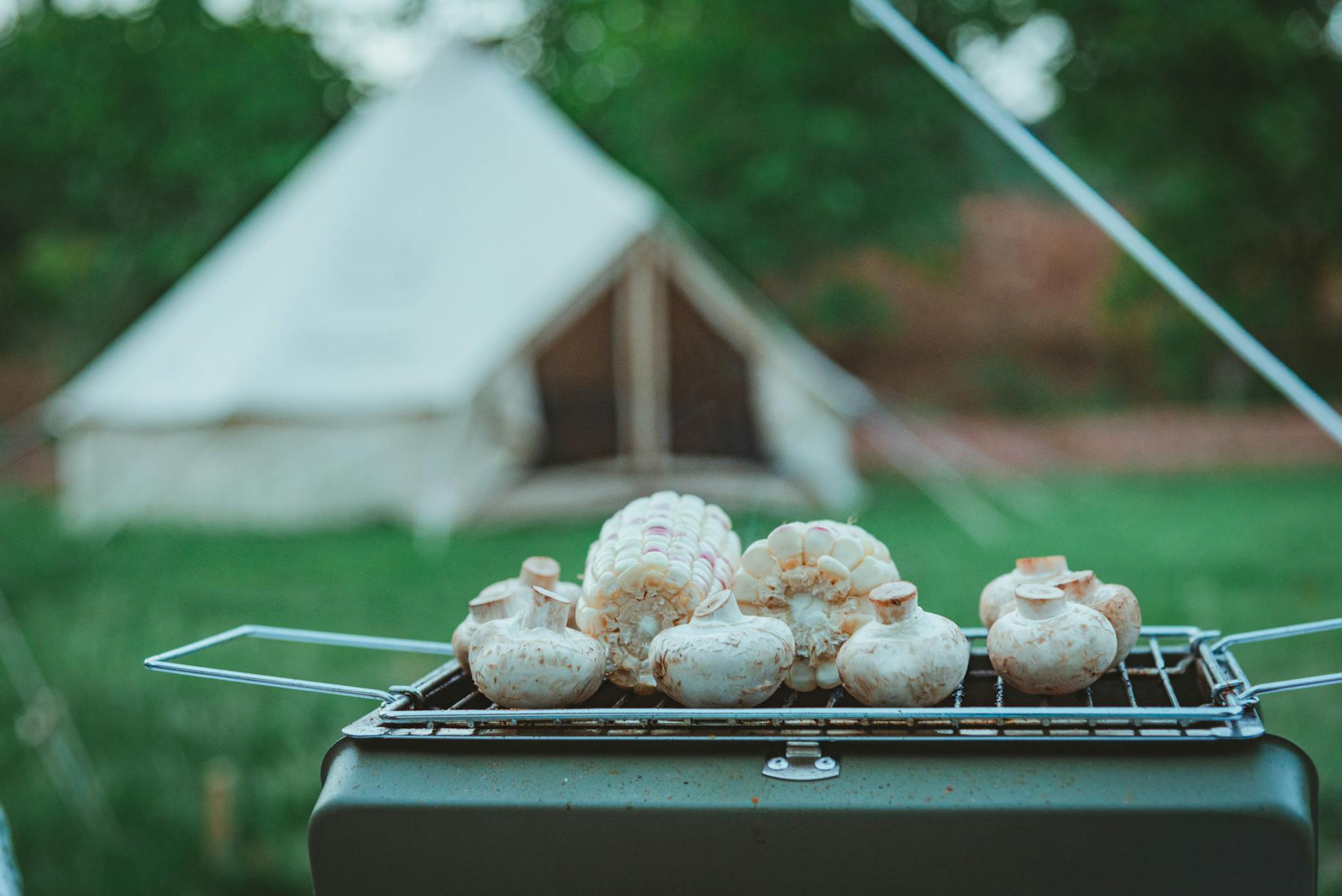Bushcraft is the art of living in the wild using natural resources and traditional skills. It’s not just about survival, it’s about learning how to work with nature, not against it. From building a shelter to lighting a fire, bushcraft teaches you how to be self-reliant in the outdoors.
This beginner-friendly guide will walk you through the basics of bushcraft, give you practical tips, and help you feel more confident when stepping into the wild. Whether you’re planning a camping trip or just curious about outdoor living, this article is for you.
What Is Bushcraft?
Bushcraft refers to the skills and knowledge needed to survive and thrive in nature using simple tools and natural materials. Unlike extreme survival tactics, bushcraft focuses on sustainable living and traditional outdoor techniques.
Common Bushcraft Activities:
- Fire building
- Shelter making
- Foraging for food
- Water sourcing and purification
- Carving tools
- Tracking animals
- Navigating using natural signs
Bushcraft isn’t about roughing it, it’s about learning how to live comfortably in the wild using skill, not gear.
Why Learn Bushcraft?
You might wonder, why bother learning bushcraft when we have modern camping gear? Here’s why:
- Emergencies: If you get lost hiking or camping, bushcraft skills could save your life.
- Confidence: Knowing how to survive in nature boosts your self-confidence.
- Adventure: It helps you enjoy the outdoors in a deeper, more meaningful way.
- Minimalism: You learn to rely less on gear and more on knowledge.
Essential Bushcraft Skills for Beginners
Let’s break down the most important bushcraft skills you can start learning today.
1. Fire Building
Fire is essential for warmth, cooking, light, and signaling for help.
How to build a simple fire:
- Gather three types of fuel:
- Tinder: Dry grass, birch bark, cotton balls
- Kindling: Twigs and small sticks
- Fuelwood: Larger logs
- Tinder: Dry grass, birch bark, cotton balls
- Build a fire structure:
The teepee shape is ideal for beginners. Arrange tinder at the center, kindling over it like a cone, and add larger wood gradually. - Light the tinder:
Use a match, lighter, or ferro rod (a popular bushcraft tool). - Feed the fire:
Add wood as the flames grow. Always monitor your fire and keep water nearby to put it out.
Tip: Learn how to start a fire without matches, try flint and steel, or a magnifying glass on a sunny day.
2. Shelter Building
A good shelter keeps you warm, dry, and safe from wind or animals.
Easy shelter options:
- Lean-to Shelter: Use a long branch against a tree trunk. Lay sticks across one side, then cover with leaves or a tarp.
- Debris Hut: Create a small frame using sticks, then pile dry leaves and brush all over it to trap heat.
Key Shelter Tips:
- Choose a dry, level ground
- Avoid low areas (they collect water)
- Keep the entrance small to hold heat inside
- Insulate the floor with leaves or pine needles
Tip: Practice building shelters with and without tarps so you’re prepared in any condition.
3. Finding and Purifying Water
Clean water is essential in the wild. You can survive for weeks without food, but only 3 days without water.
How to find water:
- Look for streams, rivers, or lakes
- Follow animal tracks—they often lead to water
- Check low ground or rock crevices after rain
Purification methods:
- Boiling: Bring water to a rolling boil for at least 1 minute
- Filtration: Use a commercial filter or make a DIY filter using sand, charcoal, and cloth
- Purification tablets: Small, lightweight, and effective
Tip: Never drink straight from a stream without purifying, it could contain bacteria or parasites.
4. Basic Knots and Rope Skills
Tying knots is useful for setting up shelters, making traps, or securing gear.
Useful knots to learn:
- Square Knot: For tying two ropes together
- Bowline Knot: Creates a secure loop
- Taut-Line Hitch: Perfect for adjusting tension on tents or tarps
Tip: Practice knots at home using a shoelace and stick, it’s great muscle memory.
5. Foraging for Food (Caution Needed)
Knowing how to find food in the wild can be helpful, but you must be cautious.
Common edible items:
- Berries: Blackberries, blueberries (avoid white or yellow berries)
- Nuts: Acorns (after soaking), walnuts, hazelnuts
- Wild greens: Dandelion, plantain, clover
Warning: Only eat plants you’re 100% sure are safe. Mistaking a toxic plant for food can be deadly. Use a local field guide or attend a foraging workshop.
6. Tool Use and Safety
Most bushcrafters carry a few simple tools:
- Fixed-blade knife
- Axe or hatchet
- Folding saw
- Fire starter (ferro rod)
Tool safety tips:
- Always cut away from your body
- Keep blades sharp, they’re safer than dull ones
- Practice carving basic shapes (like tent pegs or spoons)
- Never leave tools on the ground, store them safely
Tip: A good knife is your best bushcraft friend. Invest in one with a solid grip and full tang (blade extends through the handle).
7. Navigation Without a GPS
Learning to navigate naturally helps you avoid getting lost.
Natural navigation tips:
- Sun: Rises in the east, sets in the west
- Moss: Often grows on the north side of trees (in the Northern Hemisphere)
- Stars: The North Star points toward true north
Tip: Carry a basic compass and learn how to read it. Also, mark your path when venturing into new areas.
Practicing Bushcraft Safely and Responsibly
Bushcraft is about harmony with nature, not harming it.
Follow these outdoor ethics:
- Leave no trace: Always clean up your site
- Respect wildlife: Watch from a distance, never feed animals
- Use dead wood: Don’t cut live trees for firewood
- Follow local laws: Especially about fires and foraging
Tip: Start bushcraft in a local forest or park before venturing deeper into the wild.
Building Your Bushcraft Kit (Beginner Version)
You don’t need a ton of gear to get started. Here’s a basic bushcraft kit:
- Fixed-blade knife
- Ferro rod or waterproof matches
- Metal pot or cup (for boiling water)
- Small tarp or poncho
- Paracord
- First aid kit
- Compass
- Water bottle
- Notebook and pencil
- High-calorie snacks (for safety)
Tip: Test your gear close to home before taking it on a real wilderness trip.
Final Thoughts
Bushcraft is more than survival, it’s a journey into self-reliance, patience, and connection with nature. It teaches you to slow down, solve problems creatively, and appreciate the resources around you. You don’t need to live in the woods for weeks to practice bushcraft. Start small. Learn one skill at a time. Go on weekend hikes and test what you know.
The wild has plenty to teach, but only if you’re willing to listen.
Disclaimer: Always practice bushcraft responsibly. Follow local laws, don’t forage without proper identification, and inform someone of your location before heading into remote areas.



